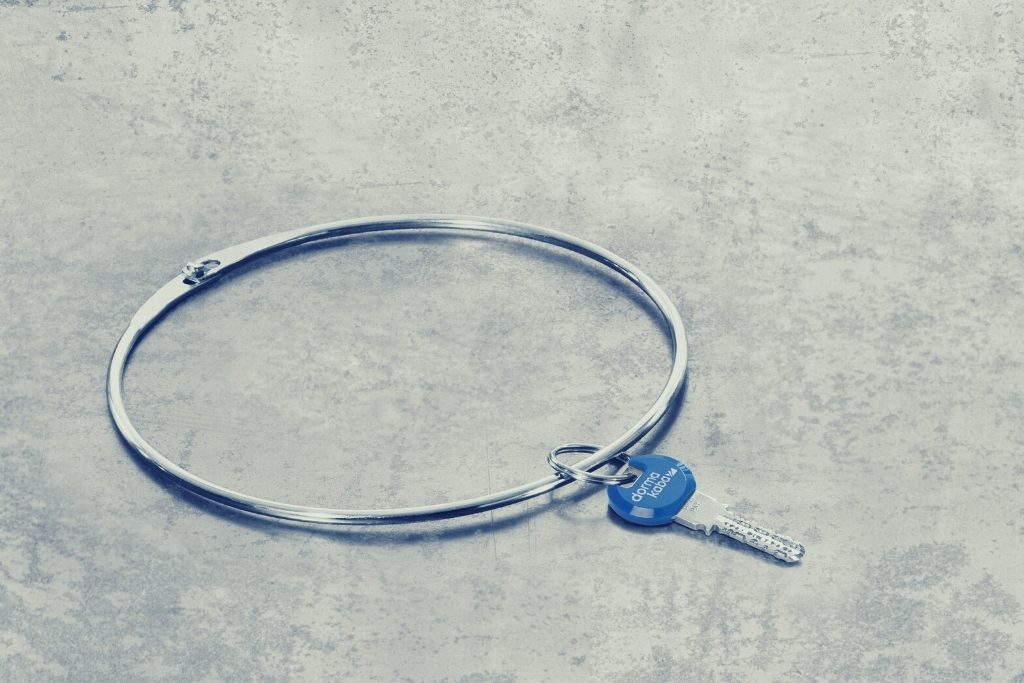First known keys in history were wooden sticks used some 6,000 years ago in Ancient Egypt and Babylon. Today, following the astonishing technological developments and digitization, so many things can be a key. Devices such as a card, a smartphone, or body parts including fingerprints, voice, or eyes can authorize users to access an area.
Despite the growing market of digital or frictionless access methods, mechanical keys and locks are still the most popular method to secure a room or a facility thanks to their durability and affordability. While mechanical systems are not at risk of being attacked by digital hackers, the key is often the weak point. Hence here are the three most important methods of key protection:
Key Protection Method #1: Make It Complex
Not all mechanical locks are created equally. Some made of flimsy metal and unsophisticated key profiles can be easy targets for lock manipulation.
In fact, reports show security-compromised entrances as such are the most common facilitators for burglars. When a user has a fragile lock, criminals can follow some classic lock manipulation methods like lock picking, key bumping, snapping, or drilling to gain unlawful access. Thus, to galvanize a mechanical lock’s security, users must ensure their locks are as complex and high-quality as possible.
Ideally, they must come with a unique key profile made with “anti-snap” material, and align with relevant industry conducts such as European Security Standards.
Key Protection Method #2: Copy-Proofing the Mechanical Key
When users acquire a robust mechanical lock system that will be resilient against common lock manipulation methods, they might still face the risk of unauthorized copies. The most straightforward way to mitigate this risk is to source keys from a reliable business partner that can offer patent or brand protection.
Patent-protected keys ensure that only authorized persons can order copies of keys and cylinder copies. Likewise, brand-protection allows keys to have a recognizable and uncopiable logo. This exclusivity helps system owners to distinguish if a key is an original or an unauthorized copy. Unlike a patent, which typically expires in 10 years, brand protection is forever.
While it’s not impossible to illegally copy patent or brand-protected mechanical keys, it’d require a herculean effort.
Key Protection Method #3: Taking Personal Responsibility
No matter how robust, no security system is bulletproof without taking personal responsibility. Thus, even if system owners install the most reliable mechanical lock systems, they must be mindful of the daily security risks such as losing or misplacing keys. While keeping track of how many people have access to authorized copies, system owners must protect the keys in an appropriate case to ward off the cameras.
Even if potential intruders don’t have access to the key, it might be possible to 3D-print an unauthorized copy using its photographs. Hence, digital representations of keys can appeal to those with criminal intentions.
While digital technologies are revolutionizing access as we know it, mechanical keys will likely remain ubiquitous access solutions for many more years to come.






